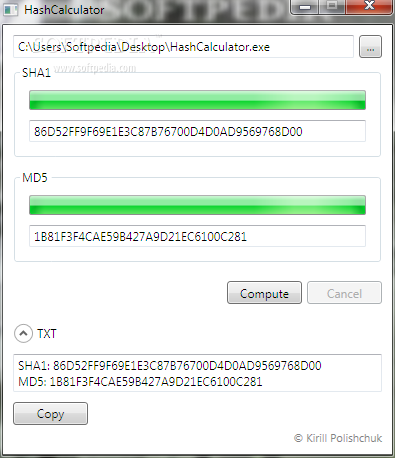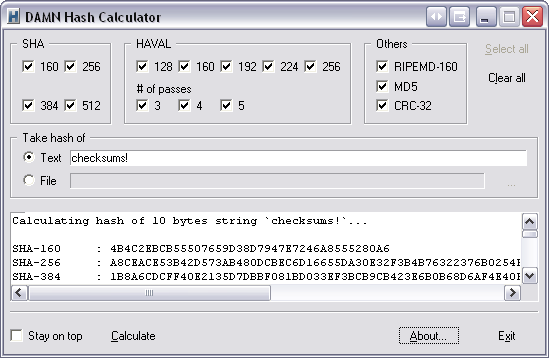
This means your profits are $1,116.59, which is about a 37 percent return. If you sold your GPUs for $300 a piece, you would make $1,200 from your resale, bringing your overall revenue to $4,116.59. Your GPU resale value will ultimately determine your overall mining investment return.Ĭonsider this: A 50 percent depreciation rate (in one year) is a favorable rate pegged to a $600 GPU.

You could resell your GPUs to cut some of your losses, but your equipment will have lost a lot of value and that loss is only going to accelerate as newer mining equipment continues to improve at an impressive rate, something that is making GPUs from a year and a half ago already lose a majority of their value. However, if you back out the initial upfront costs discussed above, you’ve actually made slightly less than you’ve invested. The total profit you would have accrued by the end of your mining rig’s profitable run would be $2,916.59. For our predictive profit function, we plugged a point into the calculator once every month and assumed a linear fit in between each point.Īccording to this calculator, if you started mining in January 2018, a year and a half in (day 476) you would start losing money since your Ethereum mining rig would cost more to run than it would generate in profit (again, assuming a static price in Ethereum). The calculator uses the following inputs: hash rate (MH/s), power (Watts), power cost ($/kWh), difficulty, block reward, pool fees, ETH/BTC value, BTC/USD value, and hardware costs. Using CoinWarz’s mining profitability calculator, we can plug in a growing block difficulty to see that the profit per day goes from $18.24 to $1.60 in just one year. At this point, you would have to turn off your miner, because keeping it on will lose you money. This means that every day, as the difficulty gets higher, your rig’s profitability is reduced.Įventually, your rig will make less money per day than the cost of electricity to keep it running. The block difficulty shares an inverse relationship with the profitability of your Ethereum mining rig. We do this by using the fit of the difficulty function and assuming this fit will be true for future values. Using the growth of block difficulty, we can calculate that over a period of one year, the difficulty factor will grow from 2,280,210,891,539,710 to 11,880,071,363,893,300. This gives us an exponential growth factor that describes the increasing growth of the difficulty of Ethereum mining:īased on this fit, we found the following values to describe a predictive line for future values of the difficulty function. Taking several points across Etherescan’s historical chart of the difficulty factor, we were able to run an exponential regression. For that reason, we’ve pick a modest 1.5 percent. Some mining pools take up to 10 percent of your earnings, but some of the best only take 1 percent.

And we assume mining with a single rig is only reasonable when working with a mining pool. We will also use the block reward and block difficulty from January of 2018 as our base point.

#ETHMINER HASH CALCULATOR FULL#
This means one full day of mining comes with an electricity cost of $2.40. To run a mining rig you will likely pay at least 10 cents per 1,000 watts run for each hour. This is below the national average for retail power rates in the U.S. The cost of this rig would be approximately $3,000.Ī reasonable cost of power is approximately 10 cents per kwh.
#ETHMINER HASH CALCULATOR PLUS#
The hardware specs are four GPUs, plus a processor, a motherboard, and a power supply rated at 1,000 Watts of electricity. We are assuming four GPUs that mine 40 MH/s each. Our assumption set uses numbers from January of 2018 that you can see below (we have done our best to use reasonable and middle-ground numbers):Īs you can see here, our hypothetical mining rig is more efficient and profitable than some of the best mining equipment on the market right now.


 0 kommentar(er)
0 kommentar(er)
